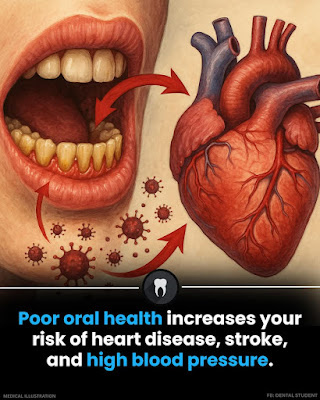
Dentistry in Ancient Rome: Gold Crowns and Oral Myths 🏺🦷 Dentistry has a rich history that dates back to ancient civilizations, and Ancient Rome is no exception. The Romans made significant advancements in dental care, including the use of gold crowns and the propagation of various oral myths. In this post, we will explore the most common questions people ask about dentistry in Ancient Rome, particularly focusing on gold crowns and the myths that surrounded oral health during that era. Contact Us 1. What dental practices were common in Ancient Rome? 🦷 Tooth Extraction : The Romans often extracted damaged teeth as a primary solution. Dental Cleaning : They used various tools to clean teeth, including toothpicks and powders. Fillings : Some Romans used mixtures of resin and other materials for dental fillings. 2. Did Romans use gold crowns? 👑 Yes, they did! Gold crowns were popular among the wealthy as a status symbol. Durability : Gold was favored for its durability and resista...




